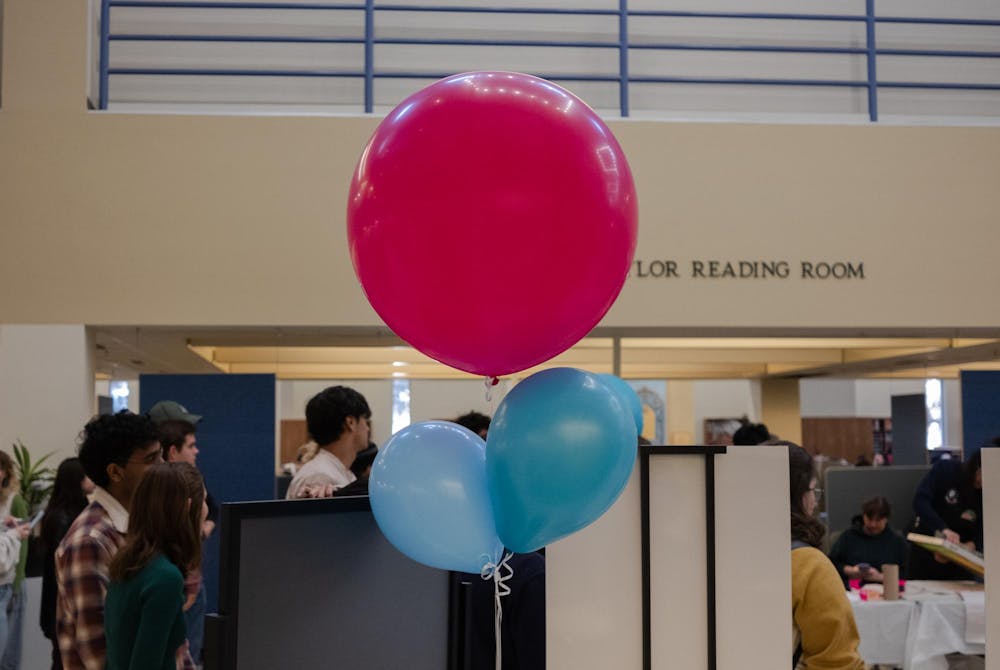When Walter Royal Davis Library opened on Feb. 7, 1984, about 100 students lined up in anticipation. The first book checked out was George Orwell’s 1984.
Forty years later, Davis Library hosted a celebration on Tuesday to commemorate its 40th anniversary. The library houses over 3.5 million books, along with humanities, social science and foreign language materials, maps, government information and data collections and eight floors of work and study space.
The library is named after and dedicated to Walter Royal Davis — an oil businessman from Texas and a member of the UNC System Board of Governors and UNC Board of Trustees. Davis contributed to numerous building funds for the University, including Davis Library, which now bears his name to commemorate his donations.
Since its opening, the library has adapted how it serves students and accommodates the University’s changing campus.
María Estorino, the vice provost for University Libraries, said one change was caused by a need for more study spaces of different varieties. Since the library's opening, she said enrollment numbers have grown and Davis Library has had to encompass a changing social and study scene for students.
“They all come with their laptops now or get information on their phones,” Judy Panitch, the director of library communications, said. “There's much more collaborative work that goes on, so students in particular need spaces to do that, and so as the library, we've made efforts to adapt to those needs.”
While first-year Natalee Ibarra said she enjoys the library's atmosphere, the first floor was not always the conversational and collaborative workspace it is now.
Panitch said that Davis used to be a quiet library.
“It was the place that people would go to sit in solitary space and work on their own, with books and notebooks and notepads," she said. "That has changed, people research differently.”



